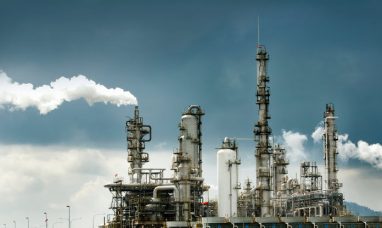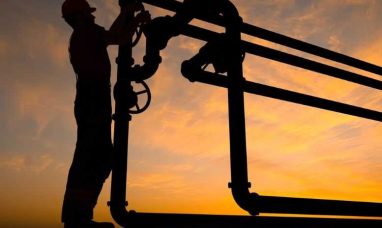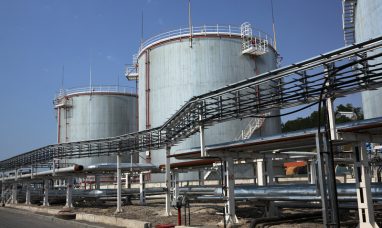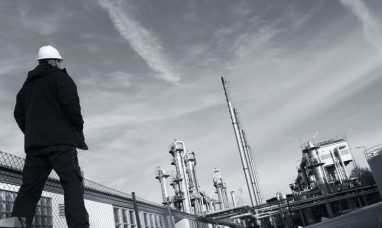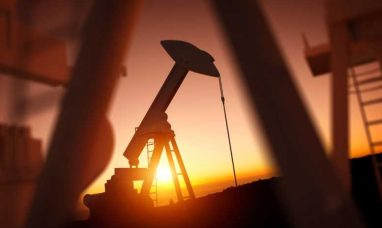In the wake of Hurricane Harvey, U.S. Energy Secretary Rick Perry authorized an emergency release of oil from the nation’s Strategic Petroleum Research on Thursday, in an effort to mitigate gasoline shortages.
But how much impact will it have, and how much of those reserves will we see?
Perry initially authorized a release of 500,000 barrels of crude oil on Thursday. The shipment was to be directly delivered by pipeline to the Phillips 66 refinery in Lake Charles, La.
Patrick Dehaan, senior petroleum analyst at GasBuddy, argued: “This won’t do much. It will be enough oil for two days of operations, we need the Port of Houston to open to make a notable difference.”
His concern was answered on Thursday afternoon when the Energy Department released another 500,000 barrels of oil, making the total release to 1 million barrels.
While critics often chastise the Strategic Petroleum Research for offering to provide more crude on an emergency basis when the market instead needs refined products like gasoline, jet fuel, and diesel, the sheer destruction of Hurricane Harvey saw a need for crude supplies unlike the past.
A mathematical breakdown:
- U.S. refineries produced an average of 20 gallons of motor gasoline and an average of 11 gallons of ultra low sulfur distillate fuel oil from 1 42-gallon barrel of crude oil
- 1 million barrels of oil would produce about a half million barrels of gasoline
- Hence, SPR’s supplement will fuel refinery operations for around 4 days, or make enough gasoline for U.S. autos for an hour and 15 minutes
- The average price/gallon for regular gasoline stood at $2.482 late Thursday afternoon, that’s a 13 cent increase from last week.
Featured Image: twitter




